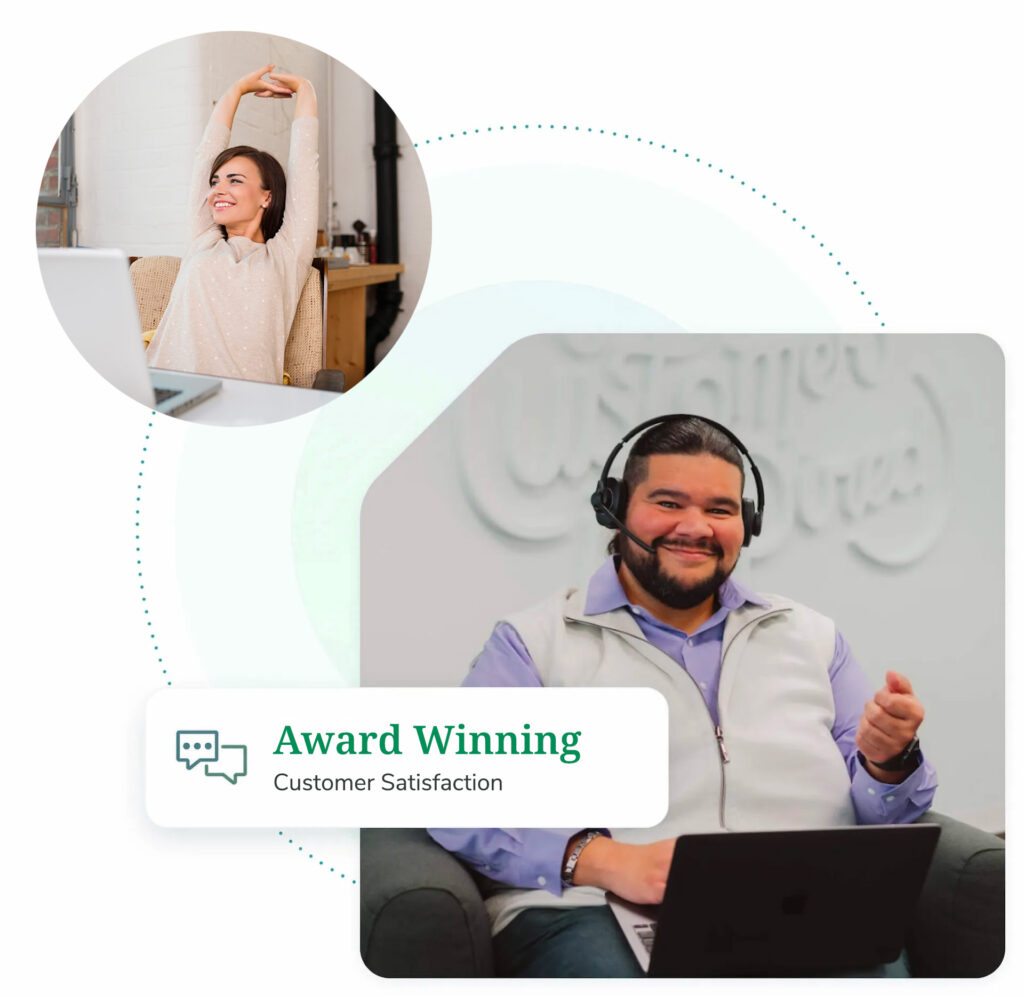Authored by: Lisa Good, MBA | Vice President of Business Development
Reading Time: 2.5 minutes
Change is often viewed with apprehension, especially in a repetitious business such as food service and child nutrition. It disrupts routines, challenges familiarity, and pushes us out of our comfort zones. Yet, beneath the surface of discomfort lies a profound opportunity for growth and improvement. In every aspect of our lives, from personal habits to professional practices, there is the potential to reevaluate and reshape how we do things. It’s about questioning the status quo, challenging assumptions, and embracing the possibility of finding a better way.
Consider the simple act of making coffee in the morning. For years, you may have followed the same ritual without question, but one day, you pause and ask yourself, “Is there a more efficient way to do this?” You may explore different brewing methods, invest in a new coffee maker, or experiment with alternative ingredients. Suddenly, your morning routine becomes an exciting opportunity for innovation rather than a mundane task.
This principle extends far beyond coffee-making. We often adhere to processes and procedures in our professional lives simply because “that’s the way it’s always been done.” But what if we took a closer look at these practices? What if we dared to challenge their effectiveness and efficiency?
One of the most significant barriers to progress is complacency. When we become too comfortable with the familiar, we risk stagnation. It’s easy to settle into routines and methodologies without questioning their relevance or efficacy. However, actual growth requires a willingness to embrace change and a commitment to continuous improvement.
Imagine a program that has been using the same cycle menu for years. While it may have served the demand of a former student body, trends change, and customer demands may render it obsolete. Encouraging staff to critically assess the current times and explore trends may open the door to innovation and efficiency.
But change isn’t just about adopting new products or procedures; it’s also about mindset. It’s about cultivating a culture of curiosity and experimentation, where failure is viewed not as a setback but as a steppingstone toward improvement. Thomas Edison famously remarked, “I have not failed. I’ve just found 10,000 ways that won’t work.” Each unsuccessful attempt brought him closer to success.
So, how can we begin to embrace change in our own lives? It starts with a willingness to question assumptions and challenge the status quo. Instead of accepting things at face value, take a closer look. Is there a more efficient way to accomplish a task? Can you streamline a process to save time and resources? Don’t be afraid to experiment, and don’t be discouraged by setbacks.
Furthermore, seek feedback from others. Fresh perspectives often illuminate areas for improvement that may have gone unnoticed. Collaboration and open dialogue are essential components of any successful change initiative.
In conclusion, change is not something to be feared but embraced. By reevaluating how we do things, we open ourselves up to new possibilities and opportunities for growth. Whether a slight adjustment to our daily routines or a fundamental shift in our professional practices, the willingness to challenge the status quo is the first step towards progress. So, dare to question, dare to innovate, and dare to change.
If you’ve enjoyed this article, why not take a moment to follow i3 Education on social? We provide priceless content regarding K-12 nutrition program operations and can be found on Facebook, Twitter, and LinkedIn.
Lisa is the Vice President of Business Development for i3 Education, with over fifteen years of experience in K-12 nutrition.

